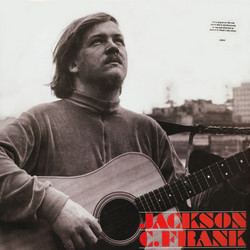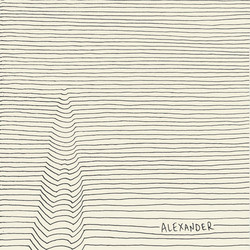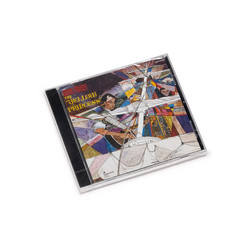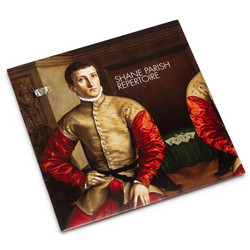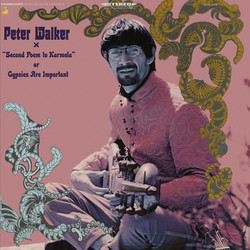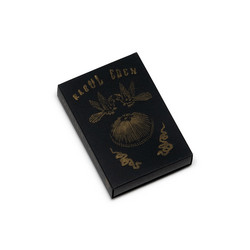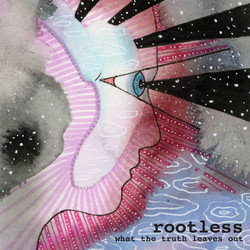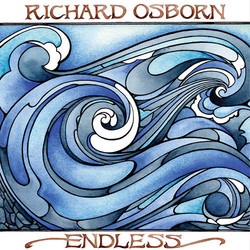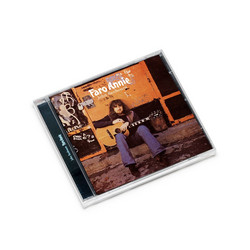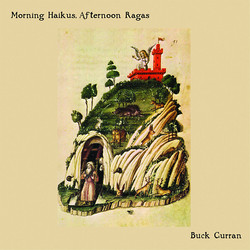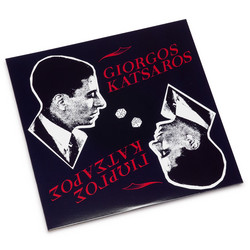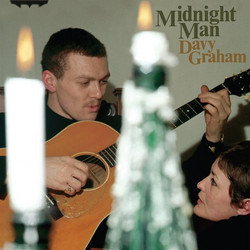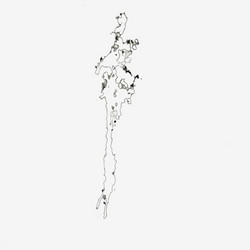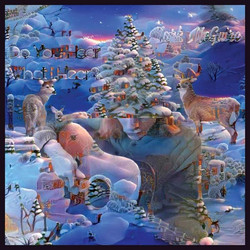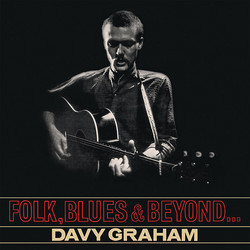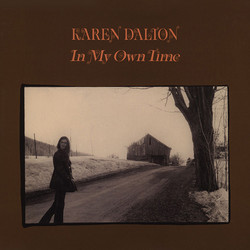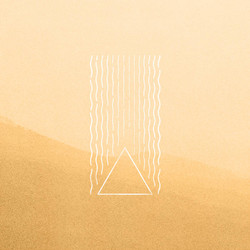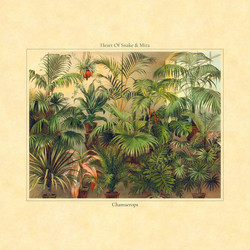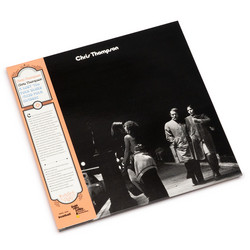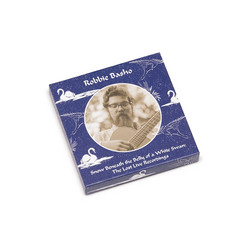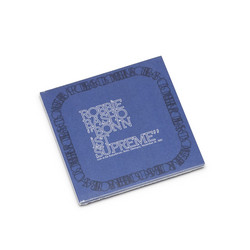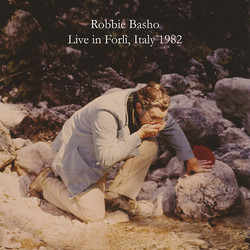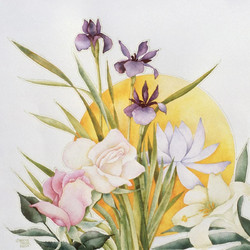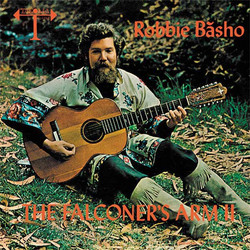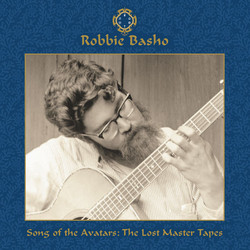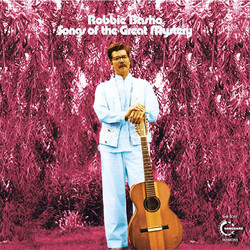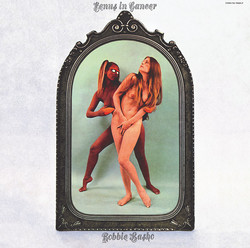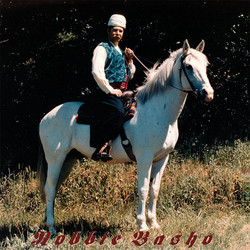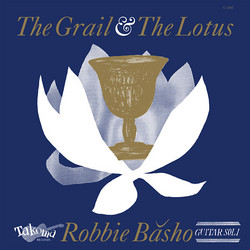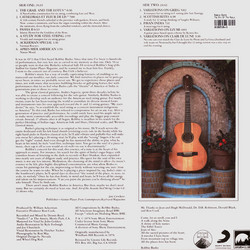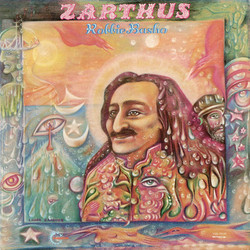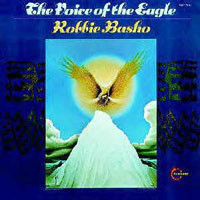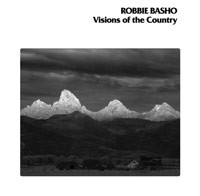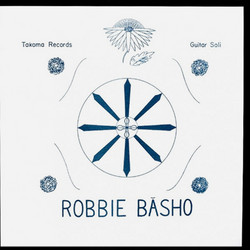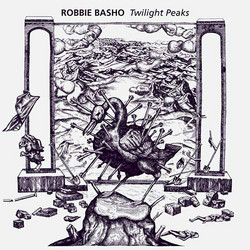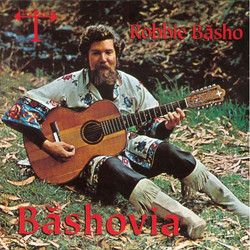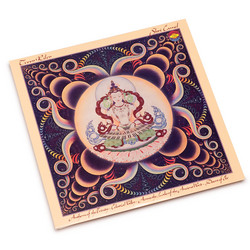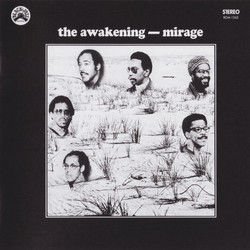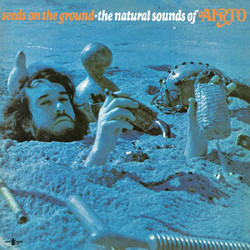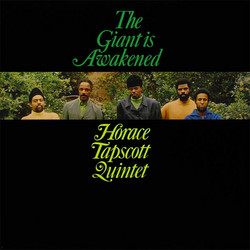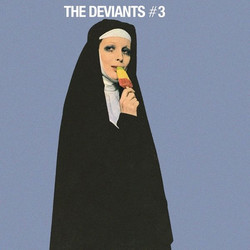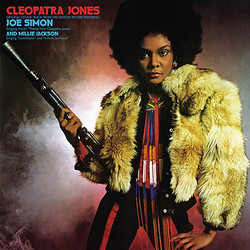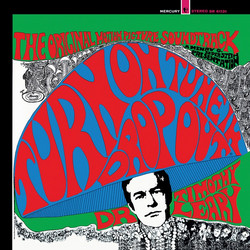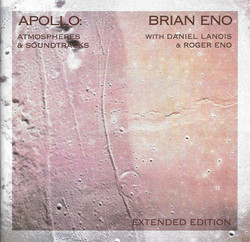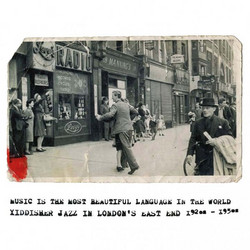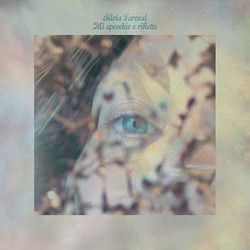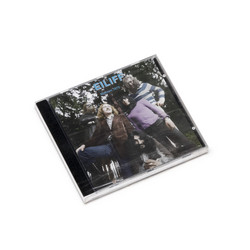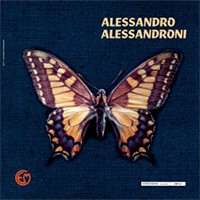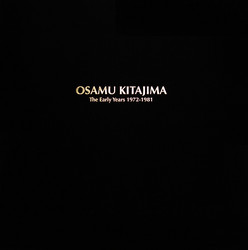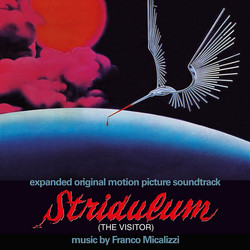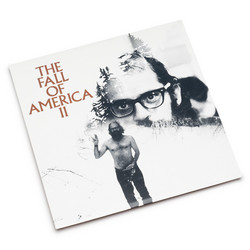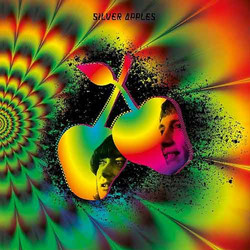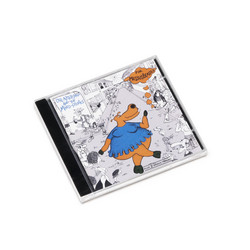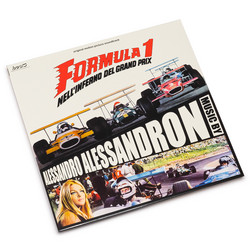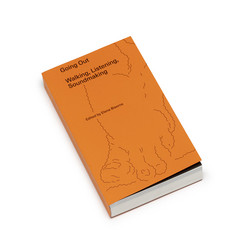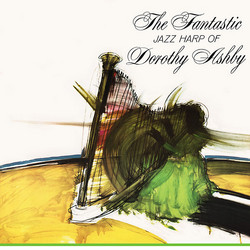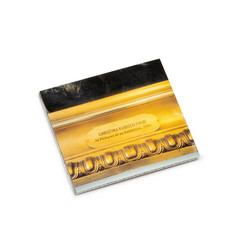Robbie Basho
Songs of the Great Mystery
Robbie Basho was one of the big three American acoustic guitar innovators, John Fahey and Leo Kottke being the other two. Basho was the least commercially successful of the three, but his influence and reputation has steadily grown since his untimely death in 1986 at the age of 45. And with good reason; for Basho's deeply spiritual approach, intellectual rigor, and formal explorations (among his goals was the creation of a raga system for American music), present a deeply compelling, multi-faceted artist. Basho was actually a college friend of John Fahey, and his early recordings (like Kottke's) were for Fahey's Takoma label. Following Fahey 's move to Vanguard, Basho followed suit, and released Voice of the Eagle and Zarthus for the label in 1972 and 1974, respectively (his most commercially successful records were made for the Windham Hill label later in the decade). Flash forward to 2009: Vanguard contacted guitarist (and long-time Basho champion) Glenn Jones with the intriguing news that an unreleased Robbie Basho album session had recently been found, on a tape that, alas, lacked any real documentation. It was only 12 years later, when Jones, in the process of researching the liner notes for this release, discovered the truth: that not just the mysterious tape but both Voice of the Eagle and Zarthus were the result of one marathon session in 1971 or 1972 recorded in New York City by Vanguard staff engineer Jeffrey Zaraya. Songs of the Great Mystery'The Lost Vanguard Sessions, then, takes its place as the third of the triumvirat of albums Basho recorded for the label, and it is their equal in every way, exploring, in particular, some of the same Native American themes found on Voice of the Eagle. Some of the tunes showed up on later albums in much different forms; 1978's Visions of the Country featured 'A Day in the Life of Lemuria' (re-titled 'Leaf in the Wind') and 'Night Way,' and 'Laughing Thunder, Crawling Thunder' went through various permutations before appearing on 1981's Rainbow Thunder as 'Crashing Thunder.' But for Basho fans, the originals will probably steal the show, particularly 'Song of the Great Mystery,' which, unlike some of the songs here that showcase Basho's singing and piano-playing, brings to the fore his amazing six-string guitar technique and touch. Vanguard briefly put these sessions up digitally when they were located, but Real Gone Music's release represents the first time they have come out in any physical form (and the alternate take of 'A Day in the Life of Lemuria,' also discovered by Jones, has never been heard anywhere). Featuring track-by-track annotation, rare photos (including Basho's own handwritten notes found in the tape box), and remastering by Mike Milchner of SonicVision, Songs of the Great Mystery'The Lost Vanguard Sessions is a timely release heralding the release of a new documentary and an upcoming Basho box set. Available on CD or on a double-LP set pressed in clear vinyl limited to 1000 copies at Gotta Groove Records and housed inside a gatefold jacket. A great American artist, finally getting his due!
